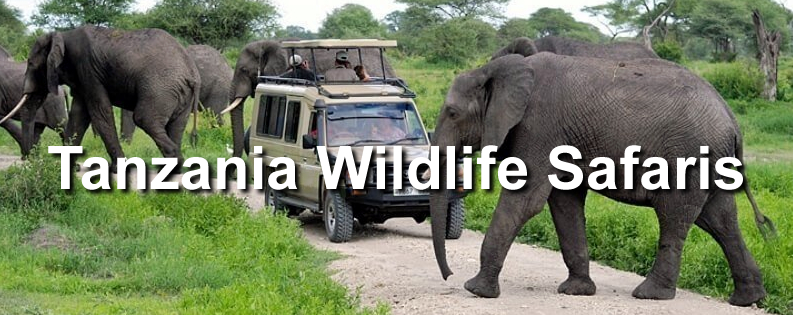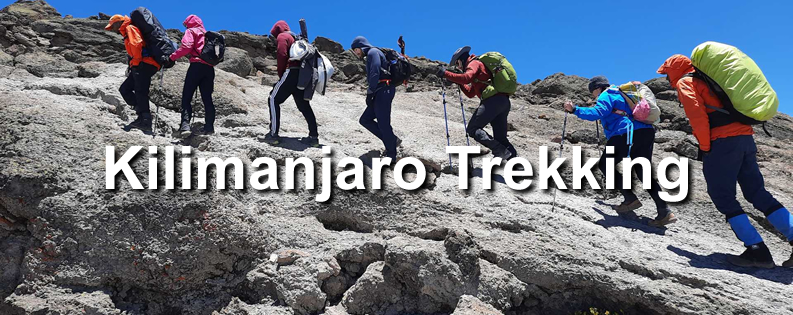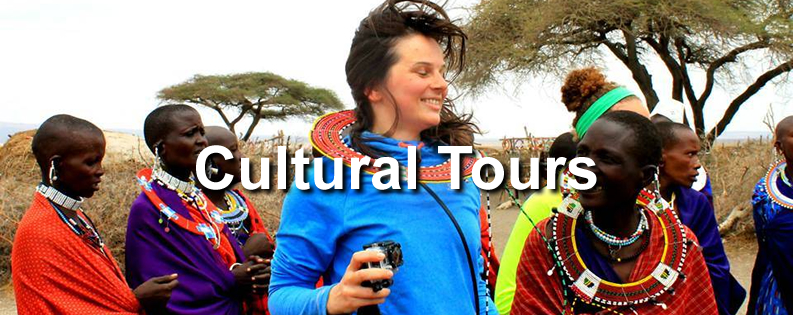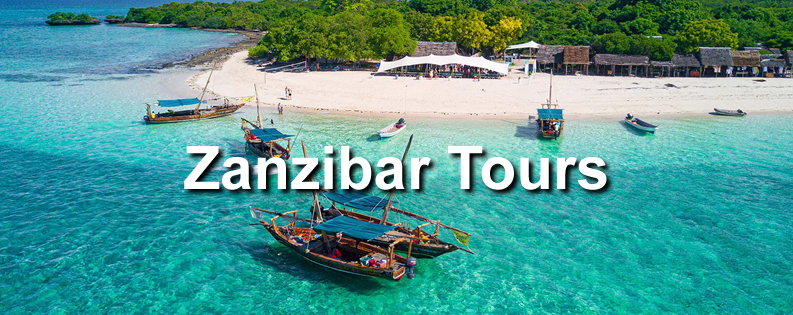The Rich History of Serengeti National Park’s Conservation
Introduction: A Legacy of Biodiversity
Nestled in the heart of Tanzania, Serengeti National Park is more than a breathtaking landscape; it is a sanctuary for wildlife and a testament to the power of conservation. With its sprawling savannahs, lush woodlands, and iconic wildlife, the Serengeti is synonymous with the African safari experience. But, beyond its beauty lies a rich history of conservation efforts that have shaped this remarkable ecosystem. Understanding the history of Serengeti National Park’s conservation is crucial as it not only highlights the delicate balance of nature but also inspires us all to appreciate and protect our planet’s natural treasures.
Join us as we explore the fascinating journey of Serengeti’s conservation, filled with triumphs, challenges, and the unwavering dedication of those who have fought to preserve this unique environment.
The Early Steps: Establishing a Protected Area
The Birth of the Serengeti
Serengeti National Park was established in 1951, but its conservation story began much earlier. The region was first recognized for its ecological significance in the early 20th century. It was designated as a game reserve in 1921, primarily to protect the rich wildlife that roamed its plains. The term "Serengeti" itself derives from the Maasai language, meaning "endless plains," a fitting description for an area that has inspired countless photographers, travelers, and conservationists alike.
The Role of Indigenous Communities
The Maasai people, who have inhabited the region for centuries, played a pivotal role in the conservation narrative. Their traditional pastoralist lifestyle has maintained the balance of the Serengeti ecosystem, allowing wildlife to thrive amid human presence. Recognizing the Maasai’s deep connection to the land is essential in understanding the park’s conservation history. Collaborative efforts between indigenous communities and conservationists have laid the groundwork for sustainable practices that continue to benefit both the wildlife and the local population.
The Triumphs of Conservation
The Establishment of the Serengeti National Park
In 1951, Serengeti National Park was officially declared, marking a significant milestone in the fight for wildlife conservation. This move was spearheaded by visionary conservationists who understood the importance of preserving the region’s unique flora and fauna. The park quickly became a refuge for numerous species, including the “Big Five”: lions, elephants, leopards, rhinoceroses, and buffalo.
The Great Migration: A Natural Wonder
One of the most extraordinary phenomena in the Serengeti is the Great Migration, where millions of wildebeests and zebras journey across the plains in search of greener pastures. This awe-inspiring event is not just a remarkable sight; it is also crucial for maintaining the ecological balance of the region. Conservation efforts have focused on protecting the migratory routes and ensuring that this natural wonder continues to thrive, attracting visitors from around the world and reinforcing the importance of conservation.
The Challenges: Balancing Development and Conservation
Human-Wildlife Conflict
Despite the successes, the Serengeti’s conservation journey has faced significant challenges. As human populations grow, the encroachment on wildlife habitats has led to conflicts between humans and animals, threatening the delicate balance that has existed for centuries. To combat this issue, innovative solutions have been implemented, ranging from community education programs to the establishment of wildlife corridors that provide safe passage for animals.
The Fight Against Poaching
Poaching remains a critical threat to wildlife in the Serengeti. Efforts to combat this issue have intensified, with stricter anti-poaching laws and the involvement of local communities in wildlife protection. Organizations and park rangers work tirelessly to safeguard the park’s inhabitants, ensuring that future generations can experience the beauty and wonder of the Serengeti.
Looking Ahead: The Future of Serengeti’s Conservation
Sustainable Tourism
As awareness of the importance of conservation grows, sustainable tourism has emerged as a vital component of Serengeti’s future. Tour operators, like Authentic Vacations Adventures, play a key role in this movement, promoting responsible travel practices that benefit both the environment and local communities. By choosing to book your tours and safaris with Authentic Vacations Adventures, you not only enjoy an unforgettable adventure but also contribute to the ongoing conservation efforts that protect this incredible ecosystem.
Education and Community Engagement
The future of Serengeti National Park hinges on education and community involvement. By empowering local populations and fostering a sense of ownership over their natural resources, we can create a sustainable future for both the people and the wildlife that call the Serengeti home.
Conclusion: A Call to Action
The history of Serengeti National Park’s conservation is a powerful reminder of the resilience of nature and the impact that dedicated individuals can have on preserving our planet’s biodiversity. As we look to the future, it is essential to continue supporting conservation efforts and promoting sustainable practices.
Join us in this mission. Book your tours and safaris with Authentic Vacations Adventures and experience the magic of the Serengeti while contributing to its preservation. Together, we can ensure that the legacy of this magnificent park lives on for generations to come. Explore, marvel, and protect the Serengeti—because every journey can make a difference.
Further Reading
For more insights into the wonders of Serengeti National Park and the ongoing conservation efforts, check out our other blog posts and resources on sustainable travel and wildlife protection. Your adventure awaits!









